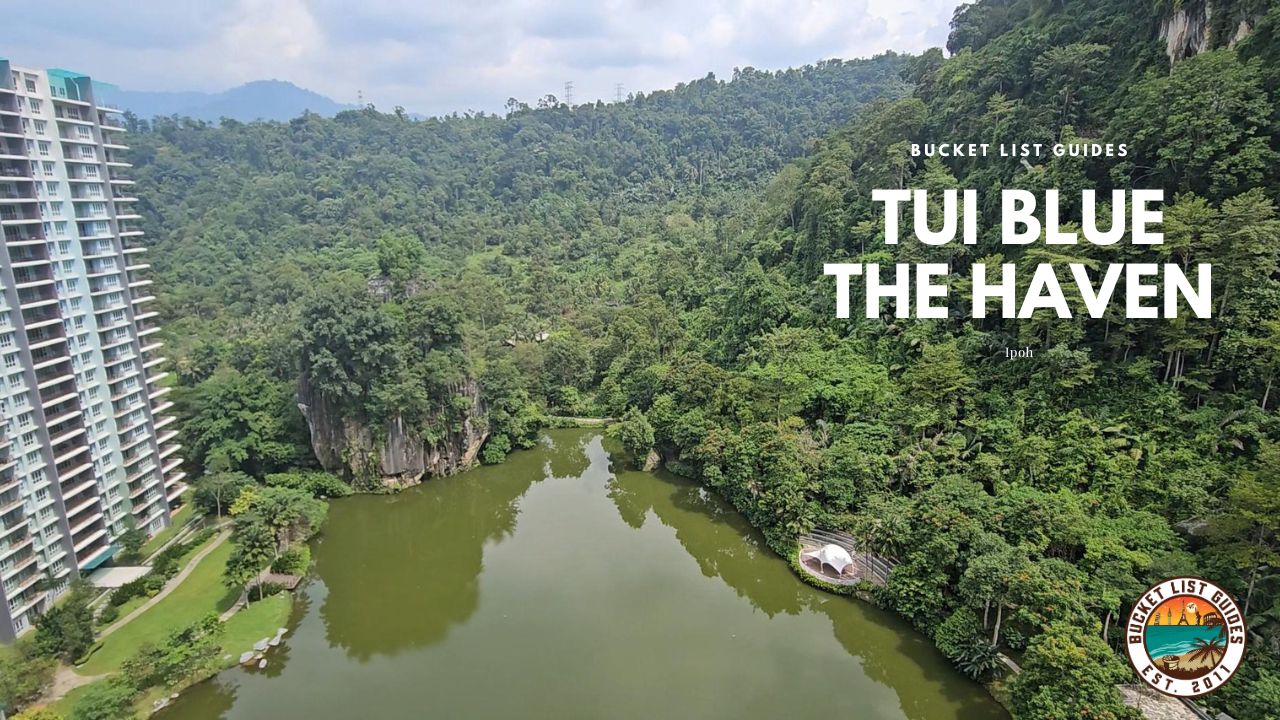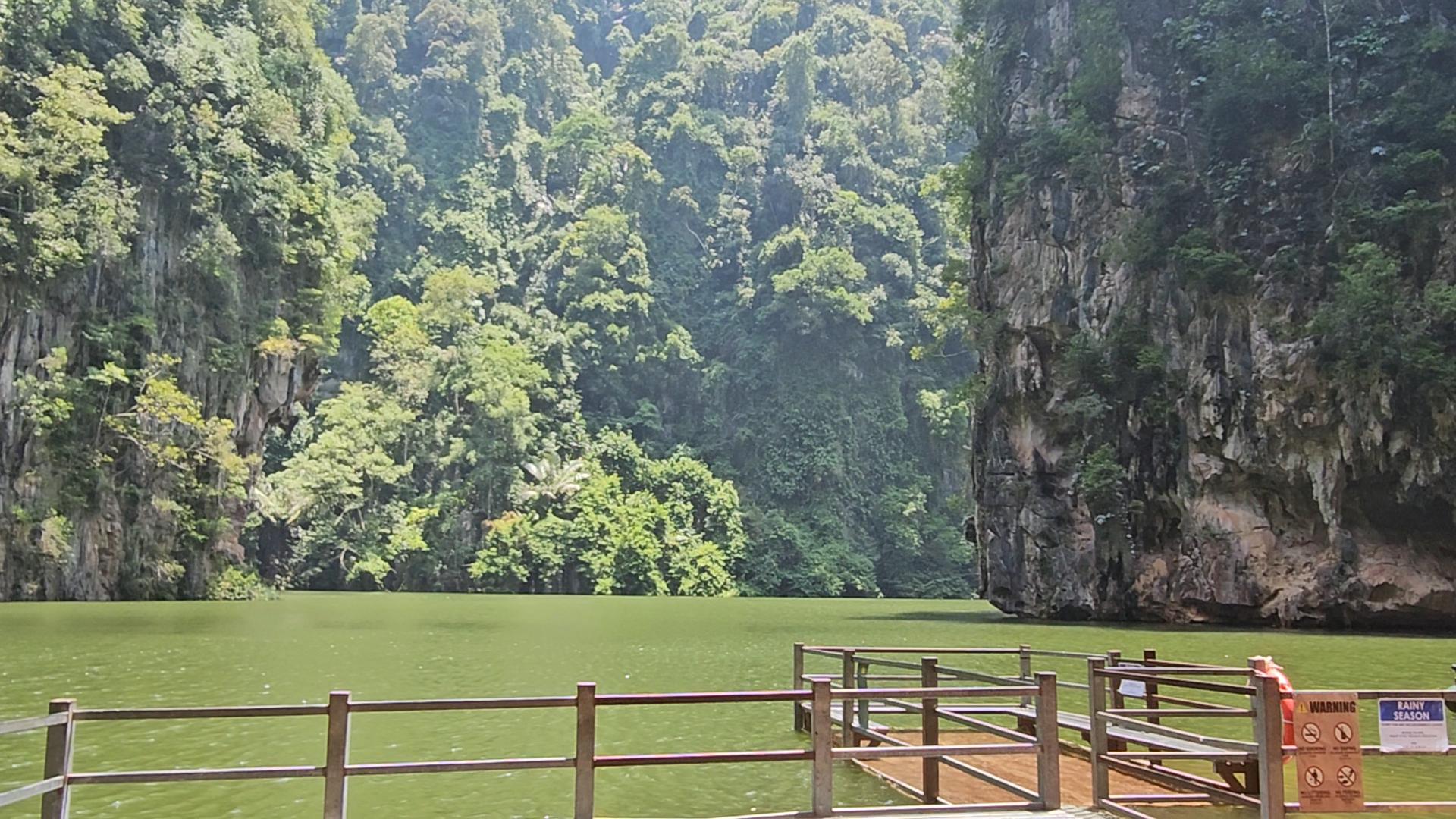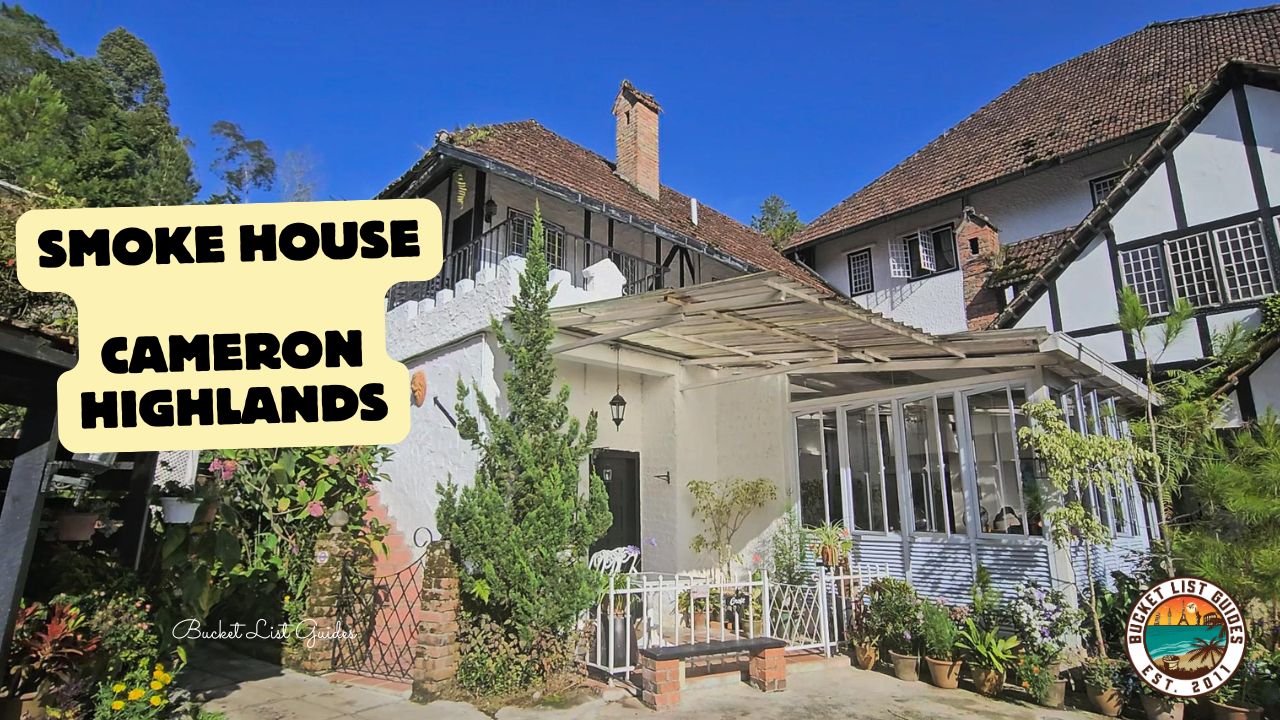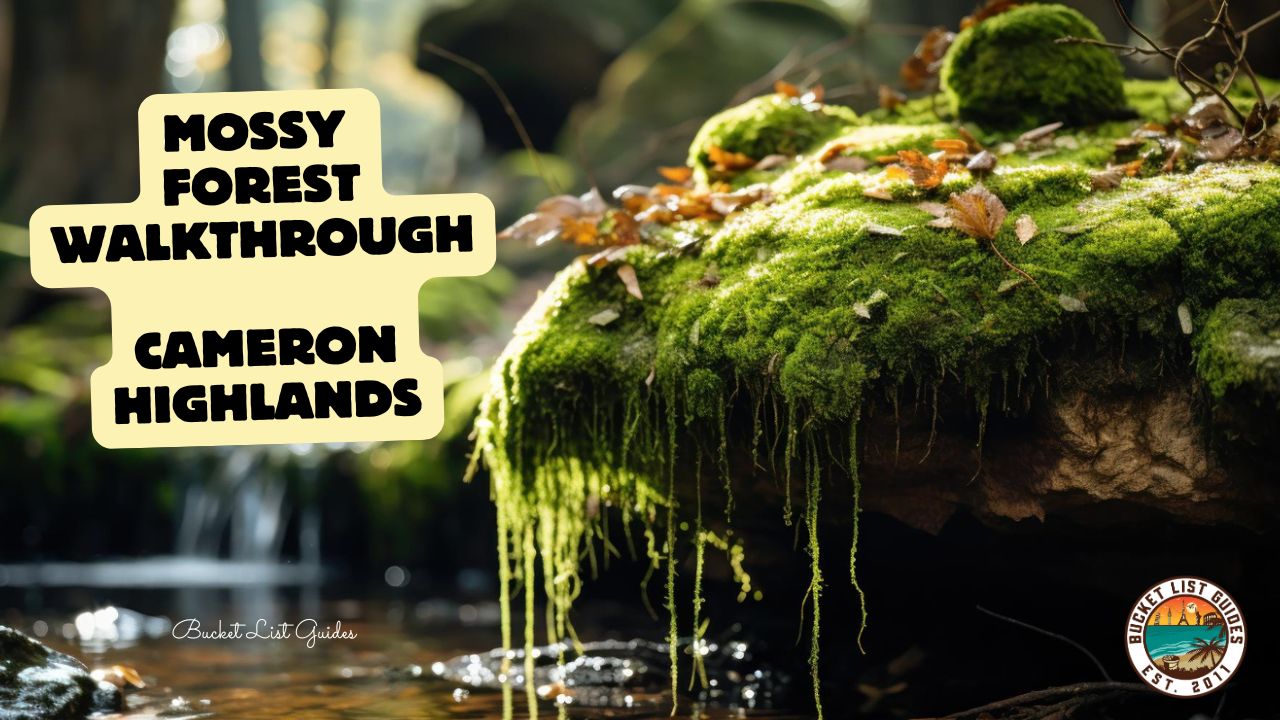Darwin, the capital of Australia’s Northern Territory, is a gateway to adventure, culture, and unique wildlife experiences.
Known for its tropical climate and rich Indigenous heritage, Darwin offers visitors a chance to explore its rugged landscapes, vibrant markets, and distinctive wildlife encounters. There is plenty to do but we have narrowed it down to the Top Ten things to do in Darwin and the surrounding area.
This guide will take you through the top bucket list activities and things to do in Darwin that capture the essence of this dynamic city.
You can check out these idea and bucket list items in more details on the links below.
Why Visit Darwin
Discover Australia’s Last Frontier:
Frontier-Like Town: Darwin offers a unique blend of modern Australian and frontier town vibes, making it unlike any other city in the country. Its “rough and ready” character is complemented by the friendliness and resilience of its people.
Adventure and Nature: Known for its close proximity to some of Australia’s most adventurous landscapes, including Kakadu and Litchfield National Parks, Darwin is a gateway to exploring vast wetlands, dramatic waterfalls, and rich wildlife. Nature is perhaps the number one supplier of things to do in Darwin.
Cultural Diversity: Darwin’s cultural scene is a dynamic mix of Southeast Asian influences and traditional Aboriginal heritage, evident in its food, art, and community events.
Vibrant Community: The city’s small but vibrant community is known for its warm hospitality and a laid-back lifestyle that welcomes visitors from all walks of life.

Top Ten things to Do in Darwin
1. Crocodile Cruise on the Adelaide River
Thrilling Encounter with Saltwater Crocodiles:
A crocodile cruise on the Adelaide River is an exhilarating way to see Australia’s infamous saltwater crocodiles in their natural habitat. These cruises are known for the spectacular ‘jumping crocodile’ displays, where crocodiles leap out of the water to snatch food offered on poles.
Safety and Education: While thrilling, these cruises are conducted with the utmost regard for safety and aim to educate visitors about the natural behavior and conservation of these powerful reptiles.
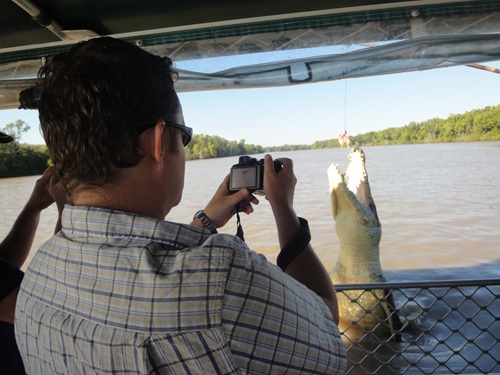
Choosing a Tour Operator:
Reputation and Reviews: Select a tour operator with good reviews and a strong commitment to safety and ethical wildlife interactions.
Conservation Focus: Opt for operators who provide educational insights about crocodile conservation and the ecology of the Adelaide River.

We have this as number one of our things to do in Darwin, simply because its basically a safari, you are that close to these humbling animals.
Best Time to Visit:
Dry Season Visits: The best time to take a crocodile cruise is during the dry season (from May to October), as lower water levels in the river make the crocodiles more visible and active.
Morning or Late Afternoon Cruises: These times are ideal as they avoid the midday heat and enhance the opportunity to see crocodiles being more active.
You can read how to do this and our adventure here and below.
2. Crocodile Adventures at Crocosaurus Cove
Fishing for Crocodiles and the Cage of Death Experience:
Fishing for Crocodiles: At Crocodile Cove, experience the thrill of “fishing” for crocodiles. Armed with a fishing pole and bait, visitors can safely feed these ancient predators from a platform, getting a close-up look at their incredible power and instinctive behaviors.

Cage of Death: For the adrenaline junkies, Crocosaurus Cove offers the Cage of Death, Australia’s only crocodile dive. Participants are enclosed in a clear acrylic cage and submerged into the water with massive saltwater crocodiles. It’s an exhilarating opportunity to come face-to-face with these formidable creatures in complete safety.

What to Expect: Both activities provide a safe, controlled environment to interact with the crocodiles, overseen by experienced handlers. These experiences not only offer heart-pounding moments but also educate visitors about the biology and conservation of these misunderstood reptiles. if you can’t make the Jumping crocodile tours,. or even if you can, this should be on your list of things to do in Darwin
You can check out or trip and tips for a visit to Crocosaurus Cove here for more information
3. Exploring Litchfield National Park
A Natural Haven Near Darwin:
Park Features: Litchfield National Park, located approximately 100 kilometers from Darwin, is famed for its stunning waterfalls, crystal-clear swimming holes, and the iconic magnetic termite mounds, which are oriented north-south to minimize heat from the sun. If this is on your list of things to do in Darwin, then you will tick off the next three Items as a default. Litchfield is that good!
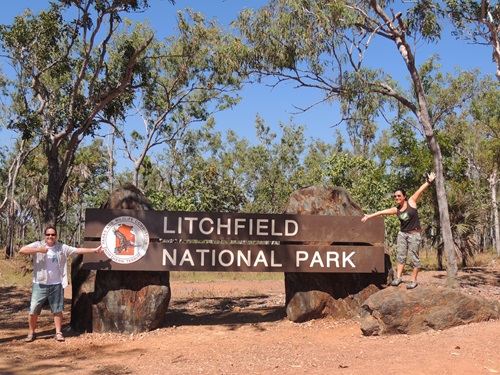
Activities to Enjoy:
Waterfalls: Swimming at the base of Florence Falls, Wangi Falls, or Buley Rockhole is refreshing and a must-do activity. These falls offer spacious swimming areas surrounded by lush greenery.
Hiking Trails: There are numerous trails suitable for all fitness levels. The Tabletop Track is a popular choice for a longer hike, offering a deeper exploration of the park’s landscapes.
Viewing Termite Mounds: The park is also home to impressive termite mounds, some of which stand several meters high, providing fantastic photo opportunities and a chance to learn about these fascinating ecological architects.
Planning Tips:
- Visit Early: To avoid the crowds and the midday heat, start your visit early in the day.
- Stay Hydrated: Carry plenty of water, especially when hiking or walking during the hotter parts of the day.
- Respect Wildlife: Always maintain a safe distance from wildlife and follow park rules to help preserve the natural environment.
4. Swimming in a Natural Billabong
Discover Serene Natural Pools in Darwin:
- Finding Safe Billabongs: The best and safest billabongs for swimming near Darwin are found in areas like Litchfield National Park. Buley Rockhole and Florence Falls offer clear, refreshing waters where you can swim safely under the watchful management of park services.
- Safety Considerations: Always observe safety signs and local advice before swimming. Some billabongs may be home to crocodiles, especially outside of managed park areas. During the wet season, water levels can rise suddenly, so it’s crucial to stay informed about the current conditions.
- Respecting Wildlife Habitats: Billabongs are important ecosystems that support a variety of wildlife. It’s essential to keep the environment clean, avoid disturbing the wildlife, and stick to designated swimming areas to minimize human impact.
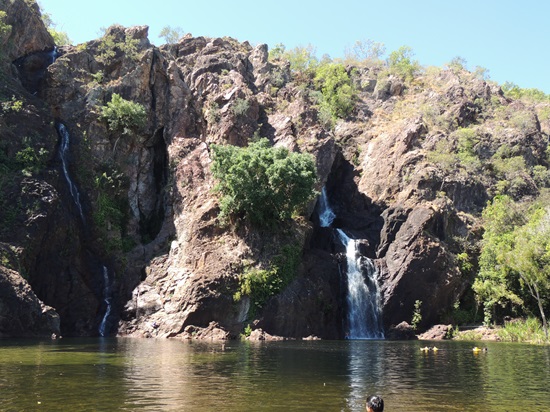
5. Marveling at Giant Termite Mounds
These come as part and parcel of many of the day trips to Litchfield National Park so if you have a definite wish to see them you can check with the tour provider first. We have a page with more images and advice here on the site.
- Ecological Significance: Termite mounds are incredible examples of natural engineering and play a critical role in the ecosystem. These mounds regulate temperature and humidity within and serve as a recycling hub for organic material, enriching the soil.
- Impressive Structures: Some of the termite mounds in the Northern Territory, particularly in and around Litchfield National Park, can reach heights of over four meters. Their hard clay structures are uniquely adapted to withstand the harsh conditions of the tropical savannah.
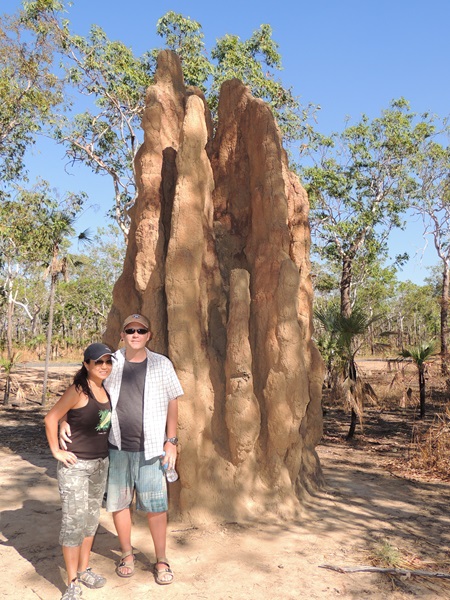
Locations to Visit:
Litchfield National Park: Home to the famous magnetic termite mounds, aligned north to south to minimize sun exposure and maximize cooling.
Along the Mary River and other Outback areas: Drive along the highways or join a guided tour to see various termite mound formations in their natural settings.
Visitor Tips:
Respect the Environment: While it’s tempting to get up close, it’s important to respect the integrity of these structures and avoid touching or climbing on them.
Guided Tours: Consider a guided tour to gain deeper insights into the life cycle of termites, the construction of their mounds, and their role in the local ecology.
6. Culinary Adventures: Eating Kangaroo, Emu, and Green Ants
Experience Darwin’s Unique Bush Tucker:
Exotic Meats:
In Darwin, local restaurants and markets offer dishes featuring kangaroo and emu, two of Australia’s native meats known for their lean, high-protein content. Kangaroo has a rich, gamey flavor, often described as similar to venison, while emu is typically milder and can be cooked in a variety of ways.
We cooked ours in a grill pan as eating out can quite pricey in Australia and it was awesome (if we say so ourselves) . You can read more about that here. The more money you save on expenses the more things you can do in Darwin of course!

Green Ants:
Eating green ants and their larvae is an age-old tradition among Indigenous Australians. These ants provide a burst of flavor that is often likened to a combination of lime and lemongrass. (when i tried this was.t the case for me! You can check out how we ate green ants here.

Where to Try:
Visit local Darwin markets like Parap Market or restaurants that specialize in native cuisine. The Hanuman Restaurant in Darwin, for example, is known for incorporating indigenous ingredients into its dishes.
7. Darwin Harbour Fishing Trip
Embark on a Premier Fishing Adventure:
Rich Marine Life: Darwin Harbour, with its extensive network of mangroves and river systems, supports a diverse array of marine life. This richness makes it a top destination for fishing enthusiasts looking to catch a variety of species.
Target Species: When fishing in Darwin Harbour, you can expect to encounter species such as barramundi, known for their fighting prowess, queenfish, and mangrove jack. Each species offers a unique challenge and is highly prized by anglers. When we went we were lucky enough to catch a small shark (ticking off an unexpected item on our bucket list)

Chartered Fishing Experience: For the best fishing experience, consider booking a chartered fishing trip. These charters provide all the necessary equipment, and skilled local guides who know the best spots and techniques for catching each type of fish. They can cater to both novice anglers and experienced fishers.
Conservation Practices: Many charters practice catch and release to ensure the sustainability of fish populations in Darwin Harbour. They also follow strict regulations to protect the habitat and ensure that fishing activities do not negatively impact the environment.
8. Watching Sunset at Mindil Beach
Experiencing the Iconic Mindil Beach Sunset Market:
Scenic Views and Vibrant Atmosphere: Mindil Beach is renowned for its spectacular sunsets, where the sky and sea blend in a palette of fiery colors. The Mindil Beach Sunset Market, held during the dry season, complements this natural spectacle with a bustling atmosphere filled with arts, crafts, and entertainment.
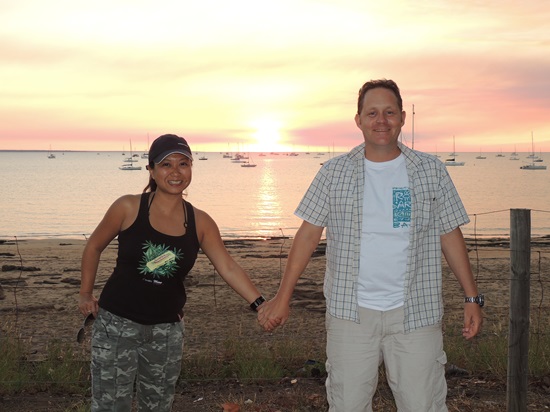
Market Offerings: Explore over 300 stalls featuring local arts and crafts, international cuisine, and live performances. The market is a great place to sample local dishes like barramundi, kangaroo, and crocodile, as well as enjoy global flavors from Greek to Southeast Asian.
- Tips for Visitors:
- Arrive Early: To secure a good spot on the beach for sunset, arrive early and enjoy browsing the market before it gets crowded.
- Try Local Delicacies: Don’t miss out on trying laksa, a popular local favorite, and fresh tropical juices.
- Explore the Crafts: The market is also a fantastic place to pick up unique handmade gifts and souvenirs, from indigenous art to custom jewelry.
9. Adventure Flight Over Kakadu National Park
Scenic Aerial Exploration of Australia’s Largest National Park:
Flight Options: Choose between helicopter tours or small fixed-wing aircraft to experience a bird’s-eye view of Kakadu National Park. Both options provide unique perspectives of the park’s vast landscapes and allow for more extensive exploration than ground tours.
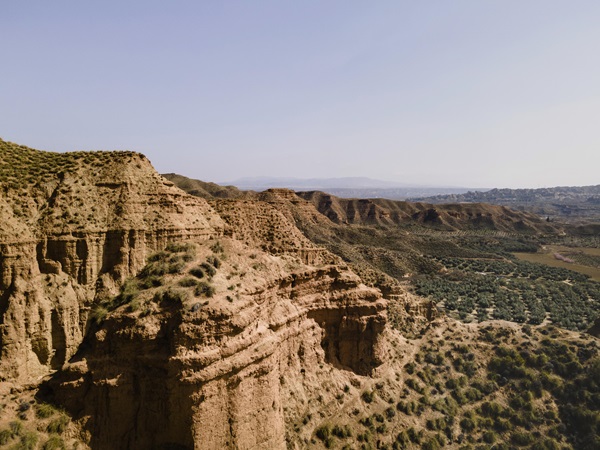
- Sights from Above:
- East Alligator River: This river marks the boundary between Arnhem Land and Kakadu National Park and is renowned for its stunning winding path through lush wetlands. From the air, its full majesty and the density of the surrounding ecosystems are breathtaking.
- Ancient Rock Formations: Keep an eye out for the iconic Arnhem Land escarpments, ancient rock formations that rise dramatically from the flat wetlands. These geological features are not only beautiful but also culturally significant to the Indigenous peoples of the area.
- Floodplains and Billabongs: The changing seasons transform the landscapes, with dry seasons revealing extensive floodplains and billabongs that are vital to the local wildlife.
- Planning Tips:
- Best Time to Fly: The dry season (from May to October) offers clearer skies and more predictable weather, making it ideal for flights.
- Booking in Advance: It’s advisable to book your flight in advance, especially during peak tourist seasons, to secure a spot.
10. Tiwi Islands Cultural Experience
Immerse in Indigenous Culture:
Ferry Ride to the Islands: Embark on an enriching cultural journey with a short ferry ride from Darwin to the Tiwi Islands, often referred to as the ‘Island of Smiles’. The islands present a unique opportunity to experience the rich culture and traditions of the Tiwi people firsthand.
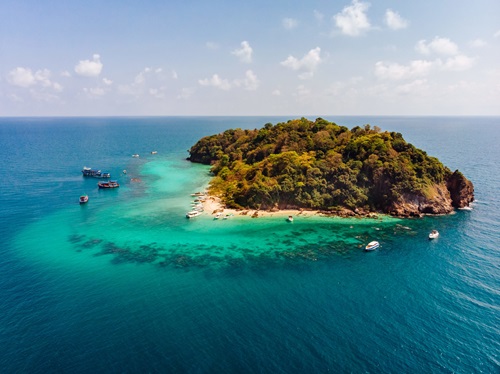
Local Art and Performances: Once there, visitors can engage with local artists in their studios, witness vibrant traditional dance performances, and explore the islands’ renowned art centers which showcase a variety of Tiwi art including carving, screen printing, and textile works.
Cultural Workshops: Participate in hands-on workshops that may include screen printing, painting, or weaving. These workshops are conducted by local artists, offering insights into their techniques and the cultural stories behind their art.
Best Time to Visit Darwin
Planning Your Trip:
Dry Season (May to October): The best time to visit Darwin is during the dry season, which runs from May to October. During these months, the weather is cooler and less humid, making it more comfortable to explore the outdoors. This is also the time for several local festivals and markets.
Wet Season (November to April): The wet season is characterized by higher humidity, rain showers, and spectacular thunderstorms. While some attractions might be less accessible due to flooding, this season also brings lush landscapes and vibrant wildlife, ideal for photographers and nature enthusiasts.
Peak Tourist Periods: July and August are peak tourist months, so book accommodations and tours well in advance if you plan to visit during this time.

Where to Stay in Darwin
Accommodation Options:
Luxury Resorts: For those seeking comfort and high-end amenities, consider staying at waterfront hotels that offer stunning views and first-class service. Places like Mindil Beach Casino Resort offer resort like facilities if you want to lap up that luxury, but it comes with a price.
Approx Price: 200 USD plus
Mid-range Hotels: There are numerous well-appointed hotels in the city center that provide excellent facilities and easy access to Darwin’s attractions. Rydges Darwin Central ot decent mid range options Novotel Darwin CBD
Approx Price: 100 USD plus a night
Backpacker Hostels: Budget travelers can find several hostels offering clean, affordable, and social accommodation options. Youth shack Darwin is one (of many) examples. Though bring your party hats here!
There are also more options outside the CBD though then you will need more access to transport.
Approx. Price: 40 USD upwards depending on if dorm or room.
Apartments and AirBnB: We went this route, mainly due to my partying days becoming a distant memory, we got a nice one bedroom apartment closer to the main areas of Darwin, and the ability to grab our own tea and coffee, cook breakfast and even one night those Kangaroo kebabs, saved us money and gave us a little larger space and place to relax.
Approx. Price: 100 USD upwards
How to Get to Darwin
Darwin is relatively accessible by plane from Australia though less so from international destinations. We came in from Bali ( we were there previously) there are also direct flights from Singapore and Timor if you are coming from international destinations.
By Air: Darwin International Airport is well-connected with major Australian cities like Sydney, Melbourne, and Brisbane. There are also direct flights from some international destinations as we mentioned above, but as a rule these are rarer and pricey.
By Road: Adventurous travelers can drive to Darwin via the Stuart Highway, which runs all the way from Adelaide through the heart of Australia. This is not something to do on a whim though, it is hard travelling and a really REALLY long way, you need to plan this very well.
By Rail: The famous Ghan train offers a scenic journey to Darwin from Adelaide, passing through the heart of the Australian outback with stops in Alice Springs and Katherine. It is Eye wateringly expensive and although we have it on our bucket list we may have to wait a few years for this one.
Conclusion.
Darwin truly is a city like no other, blending rugged adventure with a rich cultural tapestry. From the adrenaline-pumping crocodile encounters to serene swims in natural billabongs, and from the artistic expressions of the Tiwi Islands to the chance to fly over incredible landscapes.
Darwin offers an array of experiences that cater to all tastes and interests. Its vibrant community, frontier spirit, and close proximity to some of Australia’s most breathtaking natural wonders make it a must-visit destination for anyone seeking both adventure and a deep cultural connection.
So, why wait? Pack your bags, book your trip, and come see for yourself why Darwin should be on every traveler’s bucket list.
Whether you’re seeking thrills, wanting to connect with ancient cultures, or just looking to enjoy some of Australia’s best natural landscapes,
Darwin is ready to welcome you. Explore, experience, and enjoy everything Darwin has to offer!”






